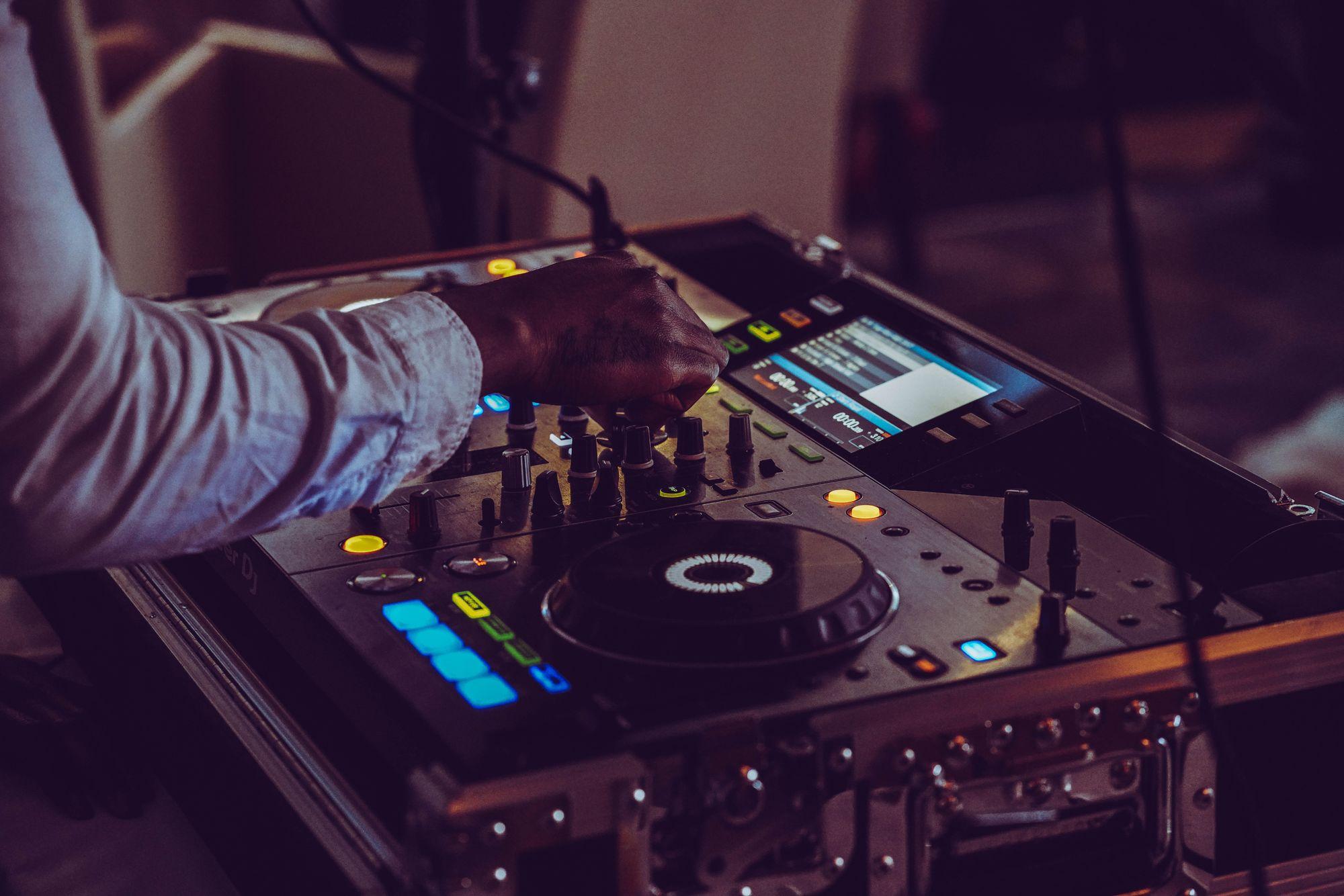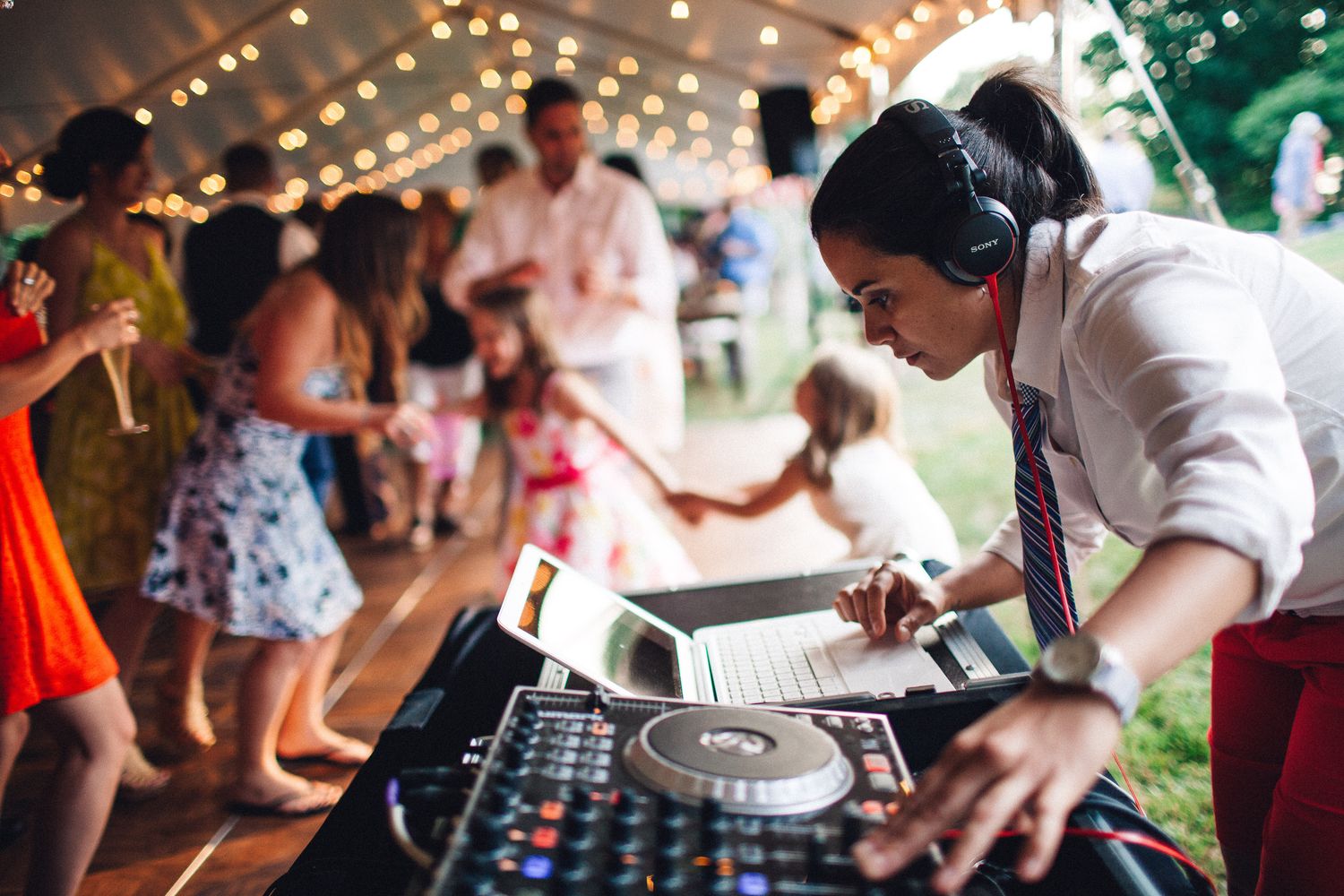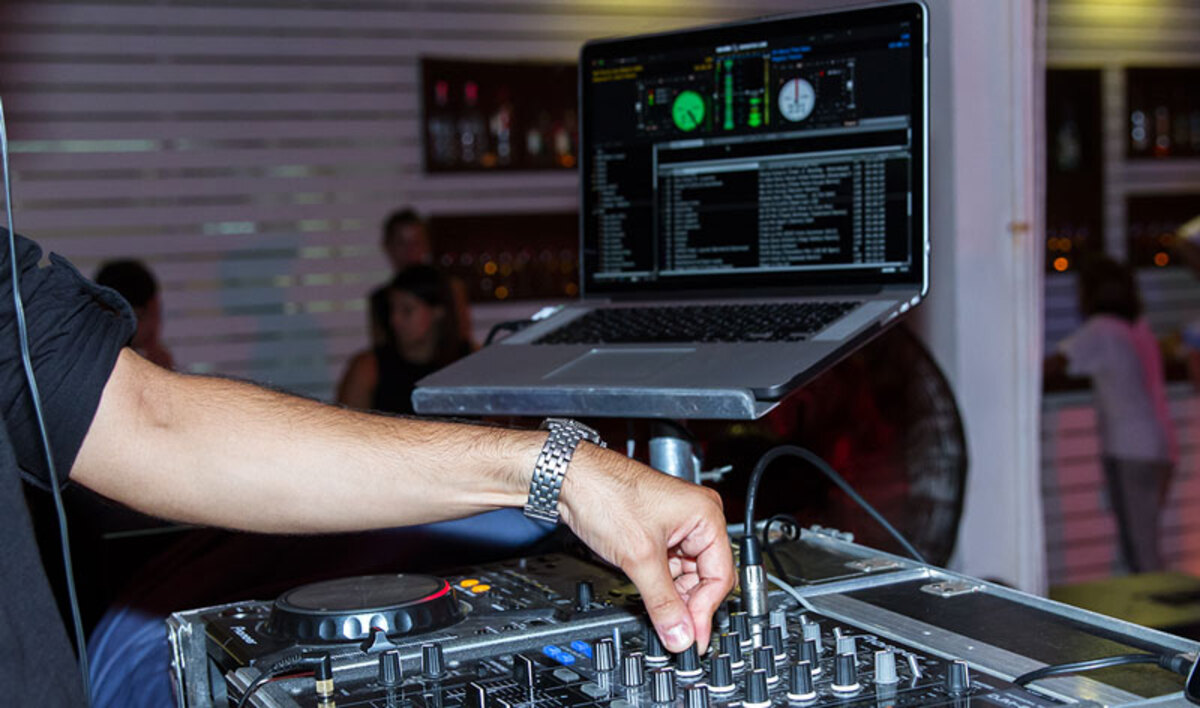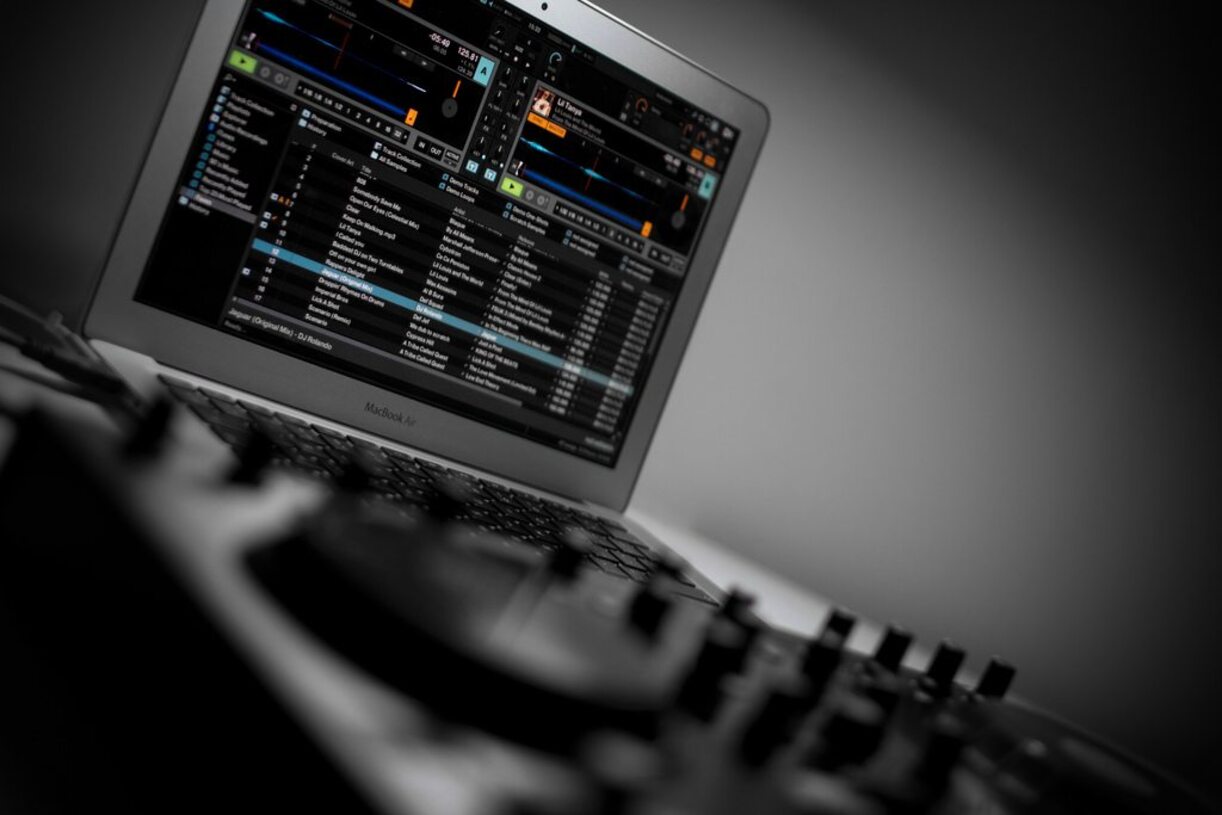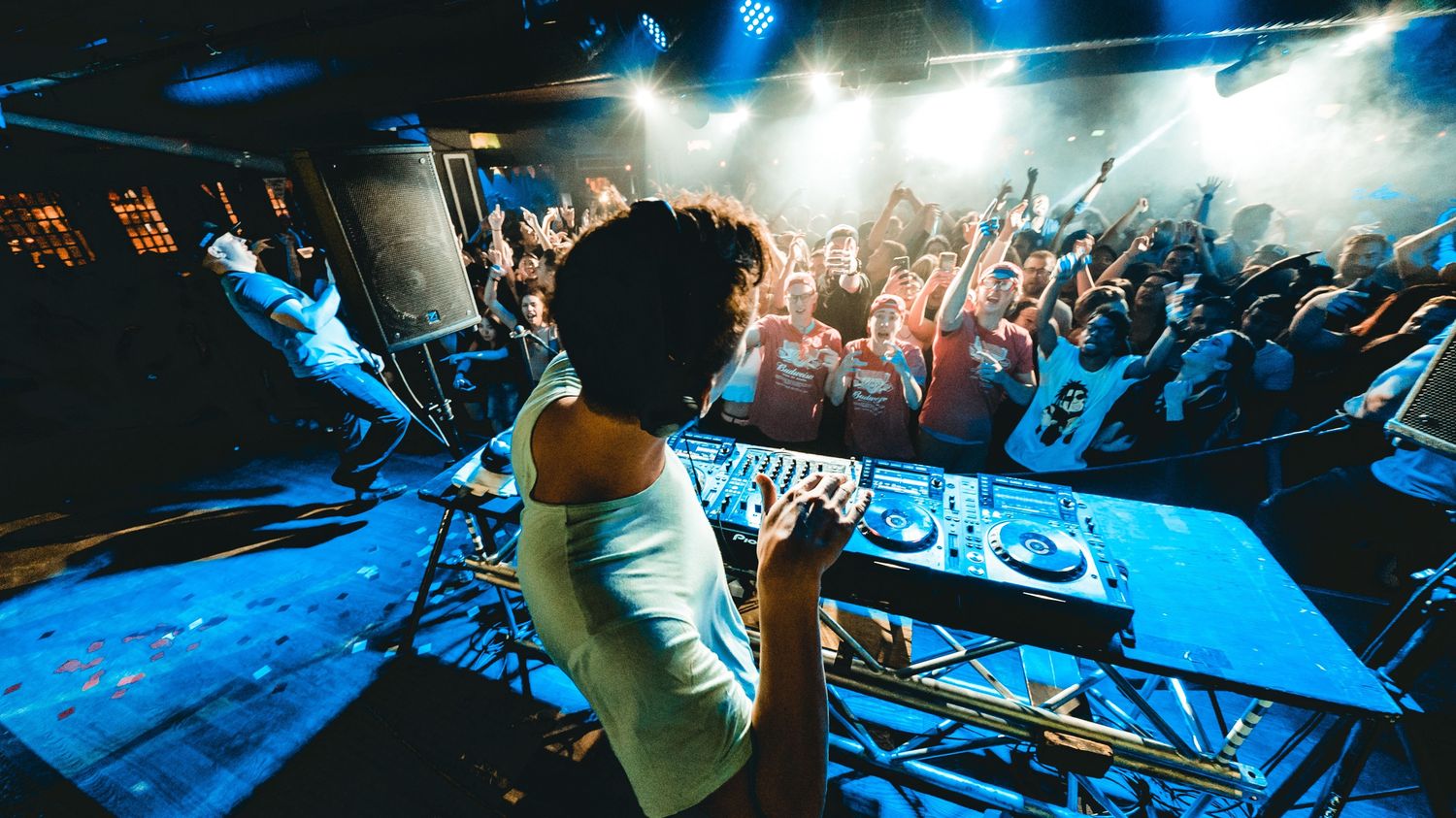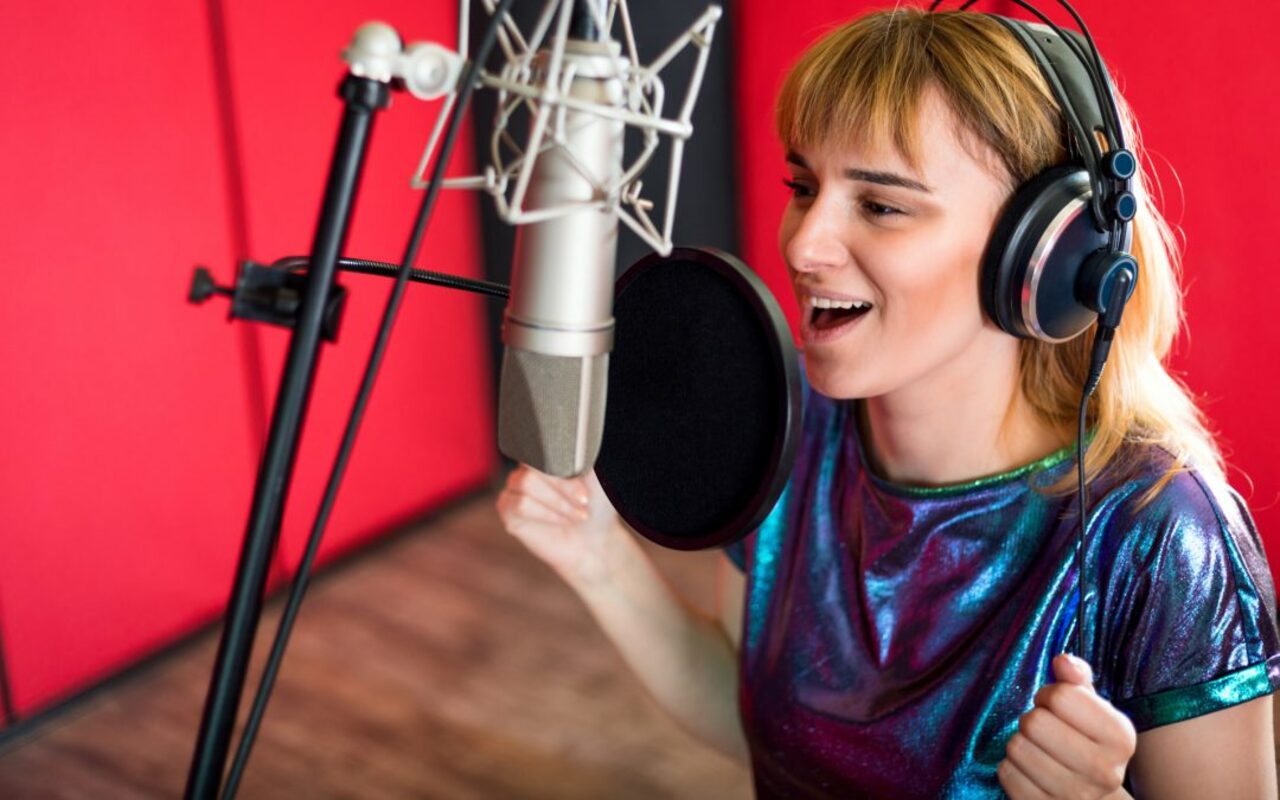Home>Production & Technology>DJ>How To Be A Good DJ
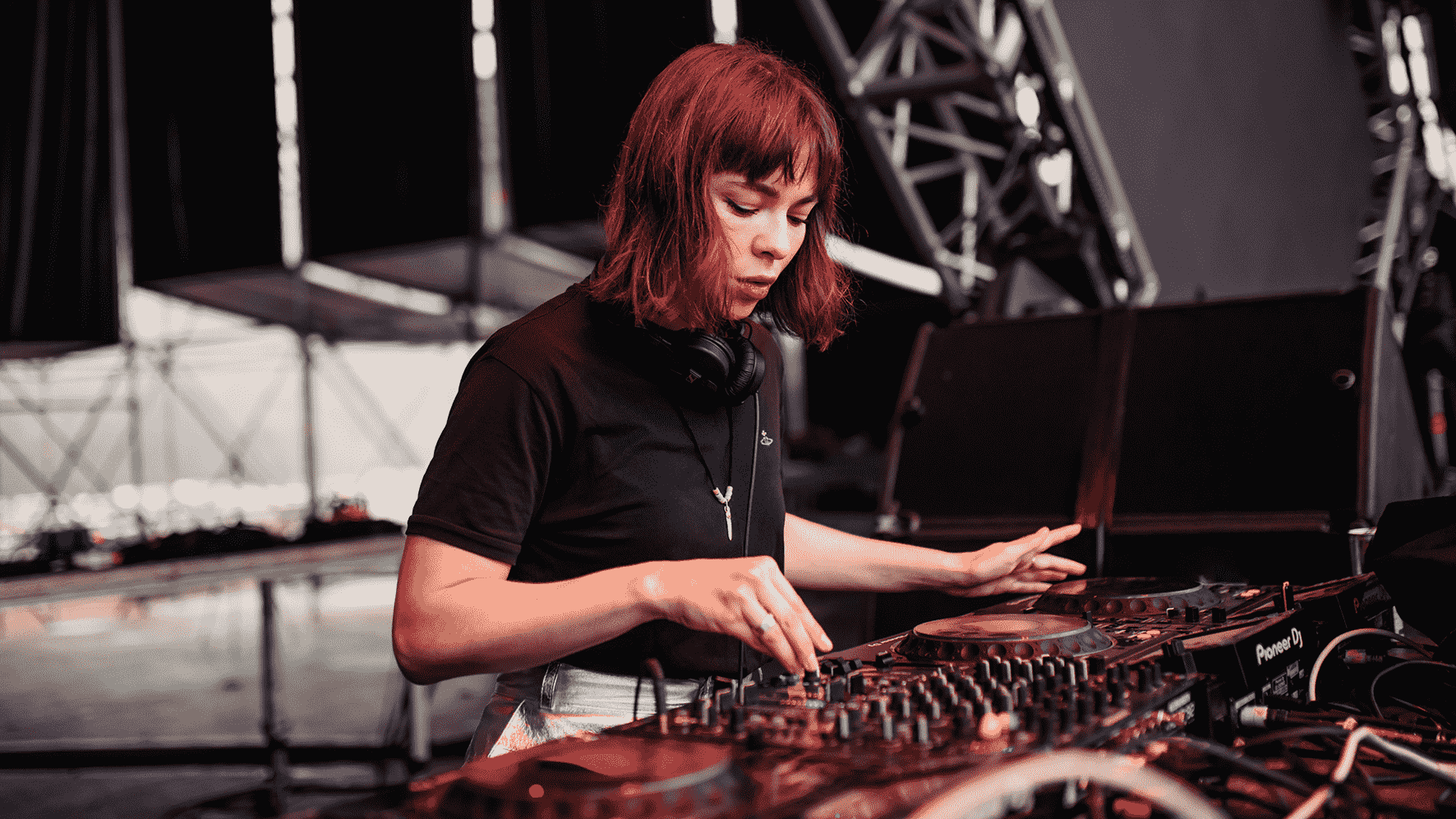

DJ
How To Be A Good DJ
Published: March 3, 2024
Learn the essential skills and techniques to become a successful DJ. Discover how to mix tracks, engage the crowd, and master the art of DJing. Unlock your potential as a DJ today!
(Many of the links in this article redirect to a specific reviewed product. Your purchase of these products through affiliate links helps to generate commission for AudioLover.com, at no extra cost. Learn more)
Table of Contents
Introduction
Becoming a skilled DJ is not just about playing music; it's about creating an immersive experience that resonates with your audience. Whether you're spinning at a club, a festival, or a private event, the ability to read the crowd and curate the perfect setlist is essential. As a DJ, you are the maestro of the dance floor, responsible for setting the mood and energy of the room.
To excel in this role, you must possess a combination of technical expertise, musical knowledge, and the innate ability to connect with your audience. From beatmatching and mixing to understanding music theory and genre dynamics, being a DJ requires a diverse skill set. Moreover, the art of transitioning seamlessly between tracks while maintaining the energy on the dance floor is a hallmark of a proficient DJ.
In addition to technical skills, a good DJ understands the importance of engaging with the crowd. It's not just about playing music; it's about creating a shared experience that leaves a lasting impression. This involves reading the energy in the room, gauging the audience's response, and adjusting the setlist accordingly.
In this comprehensive guide, we will delve into the various aspects of being a good DJ, covering everything from technical skills and music theory to crowd interaction and setlist creation. By the end of this journey, you will have a deeper understanding of what it takes to excel in the art of DJing and how to create an unforgettable experience for your audience.
Understanding the Music
Understanding the music is the cornerstone of being a proficient DJ. It encompasses a deep comprehension of musical elements, genre dynamics, and the ability to discern what resonates with the audience. To excel in this aspect, a DJ must possess a comprehensive knowledge of music theory, including rhythm, melody, harmony, and song structure. Moreover, understanding the historical and cultural context of different genres can provide valuable insights into the emotional and psychological effects of music on the audience.
Furthermore, a good DJ is well-versed in various music genres, from electronic dance music (EDM) and hip-hop to rock, pop, and everything in between. Each genre has its own unique characteristics, and a skilled DJ can seamlessly navigate through these diverse sonic landscapes, creating a cohesive and engaging musical journey for the audience.
In addition to genre knowledge, understanding the emotional and psychological impact of music is paramount. Different tempos, melodies, and harmonies can evoke a wide range of emotions, from euphoria and excitement to nostalgia and introspection. A proficient DJ leverages this understanding to craft a setlist that takes the audience on a captivating emotional rollercoaster, ensuring that each track resonates with the energy in the room.
Moreover, staying updated with the latest music trends and releases is crucial for a DJ. This involves exploring new artists, tracks, and remixes, as well as understanding the evolving sound of different genres. By staying ahead of the curve, a DJ can surprise and delight the audience with fresh and innovative music, keeping the experience dynamic and engaging.
In essence, understanding the music goes beyond simply knowing the beats per minute (BPM) or the key of a track. It involves a deep appreciation of the artistic, emotional, and cultural significance of music, coupled with the technical expertise to seamlessly blend and manipulate tracks. A DJ who truly understands the music can create an unforgettable sonic tapestry that resonates with the audience on a profound level.
Technical Skills
Technical skills form the backbone of a DJ's proficiency, encompassing a broad spectrum of abilities that enable seamless track manipulation, mixing, and performance. At the core of technical prowess lies beatmatching, a fundamental skill that involves aligning the beats of two tracks to ensure a smooth transition between them. This requires acute auditory perception and a deep understanding of rhythm, tempo, and timing.
In addition to beatmatching, a skilled DJ possesses a thorough grasp of mixing techniques, utilizing tools such as EQ (equalization) and effects to sculpt the sonic landscape. EQ manipulation allows the DJ to adjust the frequency balance of tracks, effectively blending them together and creating a cohesive auditory experience. Furthermore, effects such as reverb, delay, and filters can be employed to add depth and texture to the music, elevating the overall impact of the performance.
Moreover, technical proficiency extends to the operation of DJ equipment, including turntables, CDJs, controllers, and mixers. Familiarity with these tools is essential for executing precise transitions, cueing tracks, and manipulating audio in real time. Additionally, understanding the intricacies of digital audio workstations (DAWs) and software applications empowers DJs to craft and remix music, adding a layer of creativity to their performances.
Furthermore, staying abreast of technological advancements in the DJing landscape is crucial. This involves embracing new hardware and software innovations, from advanced mixing controllers to performance software that facilitates live remixing and improvisation. Embracing these technological advancements not only enhances a DJ's technical capabilities but also opens up new avenues for creative expression and sonic experimentation.
In essence, technical skills are the bedrock of a DJ's proficiency, enabling them to seamlessly blend tracks, manipulate audio, and craft captivating performances. A skilled DJ harnesses these technical abilities to create a mesmerizing auditory journey, captivating the audience and elevating the overall experience. Mastering these technical skills not only showcases a DJ's expertise but also empowers them to push the boundaries of sonic creativity, leaving an indelible mark on their audience.
Reading the Crowd
Reading the crowd is an indispensable skill that sets exceptional DJs apart. It involves the ability to gauge the audience's energy, mood, and musical preferences in real time, allowing the DJ to tailor their setlist and performance to create a deeply resonant experience. This skill goes beyond simply observing the dance floor; it requires a keen understanding of non-verbal cues, body language, and the collective emotional atmosphere of the audience.
One of the primary aspects of reading the crowd is assessing the energy levels in the room. A skilled DJ can discern whether the audience is craving high-energy, euphoric tracks or if they are receptive to a more mellow, introspective vibe. This keen perception enables the DJ to make on-the-fly adjustments, ensuring that the music aligns with the prevailing energy and keeps the audience engaged.
Furthermore, understanding the audience's musical preferences is crucial. By observing the crowd's response to different genres, artists, and sonic elements, a perceptive DJ can curate a setlist that resonates deeply with the audience. This involves paying attention to which tracks elicit the most enthusiastic reactions, as well as identifying any discernible trends in the audience's musical inclinations.
In addition to energy levels and musical preferences, reading the crowd also involves gauging the emotional dynamics within the audience. A proficient DJ can sense moments of collective euphoria, introspection, or nostalgia, and tailor the music to amplify these emotions. By creating a symbiotic relationship between the music and the audience's emotional state, a skilled DJ can elevate the overall experience, fostering a profound and memorable connection with the crowd.
Moreover, effective crowd reading enables the DJ to anticipate and respond to shifts in the audience's mood and energy, ensuring a seamless and immersive musical journey. This dynamic interaction between the DJ and the crowd creates a sense of unity and shared experience, transcending the role of a mere music selector and evolving into a conduit for collective emotional expression.
In essence, reading the crowd is a multifaceted skill that requires acute perceptiveness, emotional intelligence, and a deep connection with the audience. A DJ who excels in this realm can create an unforgettable experience, seamlessly aligning the music with the collective energy and emotions of the crowd, thereby transforming a performance into a transcendent and deeply resonant event.
Creating a Setlist
Crafting a compelling setlist is a nuanced art that requires a delicate balance of musical diversity, emotional resonance, and intuitive flow. A meticulously curated setlist has the power to captivate the audience, evoke profound emotions, and create an immersive sonic journey that lingers in the collective memory long after the music fades. To excel in this realm, a DJ must embrace a holistic approach that encompasses genre dynamics, emotional arcs, and the ability to adapt to the ever-shifting energy of the crowd.
The process of creating a setlist begins with a deep understanding of the audience and the event context. By comprehending the demographics, musical preferences, and the overarching vibe of the gathering, a DJ can tailor the setlist to resonate deeply with the attendees. Whether it's a high-energy club night, a laid-back lounge atmosphere, or a festival stage, the setlist serves as the sonic backdrop that sets the tone for the entire experience.
Moreover, a compelling setlist embraces musical diversity while maintaining a cohesive narrative. It weaves through different genres, tempos, and emotional landscapes, ensuring that each track seamlessly transitions into the next, creating a fluid and engaging sonic tapestry. By incorporating a diverse range of musical styles, a DJ can cater to the varied tastes of the audience, introducing unexpected sonic twists and keeping the experience dynamic and unpredictable.
Furthermore, an adept DJ leverages the power of storytelling through the setlist. By crafting emotional arcs that ebb and flow, from euphoric peaks to introspective valleys, the DJ can guide the audience through a transformative auditory journey. This involves strategically placing tracks to build tension, evoke emotions, and ultimately unleash cathartic moments that resonate deeply with the crowd.
In addition, flexibility is key when creating a setlist. While preparation is essential, a skilled DJ remains attuned to the audience's response and energy, allowing for spontaneous adjustments to the setlist in real time. This dynamic responsiveness ensures that the music remains in sync with the collective mood, creating a symbiotic relationship between the DJ, the music, and the audience.
In essence, creating a setlist is a multifaceted endeavor that requires a deep understanding of musical dynamics, emotional storytelling, and the ability to adapt to the ever-changing atmosphere of the event. A compelling setlist transcends the role of a mere collection of tracks; it becomes a living, breathing entity that shapes the entire experience, leaving an indelible mark on the audience and cementing the DJ's legacy as a masterful curator of sonic journeys.
Mixing and Transitioning
Mixing and transitioning are the cornerstone of a DJ's artistry, serving as the connective tissue that seamlessly blends tracks, maintains the energy of the dance floor, and crafts a cohesive sonic experience. At its essence, mixing involves the skillful integration of two or more tracks, creating a harmonious fusion that transcends the individual components. This process requires a deep understanding of rhythm, tempo, and musical structure, allowing the DJ to orchestrate a fluid transition that captivates the audience.
One of the fundamental aspects of mixing is beatmatching, the practice of aligning the beats of two tracks to ensure a seamless transition. This requires acute auditory perception and impeccable timing, as the DJ synchronizes the rhythmic elements of the incoming track with the ongoing one, creating a continuous flow of music. Moreover, beatmatching serves as the foundation for smooth transitions, laying the groundwork for a captivating auditory journey.
In addition to beatmatching, EQ manipulation plays a pivotal role in the mixing process. By skillfully adjusting the frequency balance of tracks, a DJ can seamlessly blend elements of different songs, creating a cohesive and immersive sonic landscape. This entails sculpting the highs, mids, and lows of the audio spectrum, ensuring that the transition between tracks is not only seamless but also harmonically rich and sonically engaging.
Furthermore, the art of transitioning extends beyond technical proficiency; it embodies a creative expression that elevates the music to new heights. A skilled DJ leverages a diverse array of mixing techniques, from subtle blends and gradual build-ups to dramatic drops and unexpected sonic juxtapositions. These techniques add depth and dynamism to the performance, keeping the audience on the edge of anticipation and delight.
Moreover, effects and sonic manipulations serve as powerful tools in the transitioning process, allowing the DJ to add layers of texture and atmosphere to the music. From ethereal reverbs and pulsating delays to intricate filters and modulations, these effects amplify the emotional impact of the tracks, creating moments of sonic transcendence that resonate deeply with the audience.
In essence, mixing and transitioning are not merely technical skills; they are the conduits through which a DJ channels their creativity, intuition, and emotional intelligence. A masterful mix not only seamlessly blends tracks but also weaves a compelling narrative, guiding the audience through a transformative auditory experience. It is through the art of mixing and transitioning that a DJ transcends the role of a mere music selector, becoming a maestro of sonic alchemy, and crafting a mesmerizing tapestry of sound that lingers in the hearts and minds of the audience.
Engaging with the Audience
Engaging with the audience is a pivotal aspect of being a remarkable DJ, transcending the role of a music curator to become a captivating storyteller and orchestrator of collective experiences. This interaction goes beyond mere track selection; it involves establishing a profound connection with the crowd, fostering a sense of unity, and igniting a shared emotional journey through music.
One of the fundamental elements of audience engagement is the art of communication through music. A skilled DJ possesses the ability to intuitively understand the pulse of the crowd, interpreting their reactions and energy as cues for the next sonic narrative. By seamlessly aligning the music with the collective emotional landscape of the audience, the DJ creates a symbiotic relationship, where the music becomes a conduit for shared expression and catharsis.
Moreover, audience engagement extends to the DJ's stage presence and interaction. A charismatic and engaging DJ has the power to captivate the audience not only through music but also through genuine connection and interaction. This involves reading the crowd's energy, making eye contact, and using body language to convey the emotional essence of the music, thereby establishing a dynamic dialogue that transcends verbal communication.
Furthermore, the art of storytelling through music plays a pivotal role in audience engagement. A compelling DJ weaves a narrative that resonates with the collective consciousness of the audience, guiding them through moments of euphoria, introspection, and transcendence. This narrative arc creates a sense of emotional unity, fostering a profound connection that transcends the barriers of language and culture.
In addition, embracing spontaneity and improvisation is crucial for engaging with the audience. A skilled DJ remains attuned to the crowd's response, allowing for on-the-fly adjustments to the setlist and performance. This dynamic responsiveness creates a sense of co-creation, where the audience becomes an active participant in shaping the sonic journey, fostering a sense of ownership and emotional investment in the experience.
In essence, engaging with the audience is a multifaceted art that encompasses intuitive communication, genuine interaction, storytelling, and dynamic responsiveness. A DJ who excels in this realm becomes not only a purveyor of music but a conductor of emotions, orchestrating a collective experience that transcends the boundaries of individuality and resonates deeply with the hearts and souls of the audience.
Conclusion
Becoming a proficient DJ is a multifaceted journey that requires a harmonious blend of technical expertise, musical intuition, and the ability to connect deeply with the audience. Throughout this comprehensive guide, we have explored the various elements that define the art of DJing, from understanding the nuances of music and mastering technical skills to reading the crowd, crafting compelling setlists, and engaging with the audience on a profound level.
At its core, being a good DJ transcends the role of a mere music selector; it embodies the art of storytelling, emotional orchestration, and creating transformative experiences through music. The ability to read the crowd and tailor the setlist to resonate with their energy and emotions is a hallmark of a skilled DJ. Moreover, the seamless blending of tracks, the art of transitioning, and the creative expression through mixing elevate the performance into a mesmerizing auditory journey.
Furthermore, engaging with the audience goes beyond verbal communication; it involves establishing a deep connection through music, body language, and genuine interaction, fostering a sense of unity and shared experience. A remarkable DJ possesses the intuition to guide the audience through moments of euphoria, introspection, and catharsis, creating an emotional narrative that lingers in the collective memory long after the music fades.
In conclusion, the art of being a good DJ is a dynamic amalgamation of technical prowess, emotional intelligence, and the innate ability to craft sonic experiences that transcend the boundaries of individuality, resonating deeply with the hearts and souls of the audience. By embracing the principles outlined in this guide and continuously honing their craft, aspiring DJs can embark on a transformative journey, shaping the sonic landscapes and creating indelible memories for their audience. As the maestros of the dance floor, DJs hold the power to inspire, uplift, and unite through the universal language of music.


